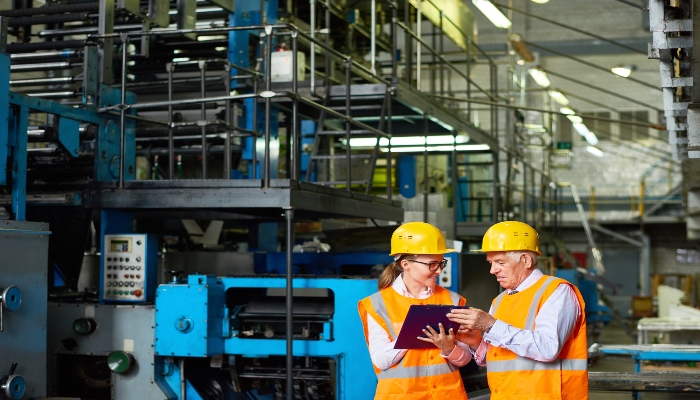Workplace inspections are a vital component of maintaining a safe and healthy work environment. They help identify potential hazards, assess risks, and ensure compliance with safety regulations. However, there are instances when it becomes evident that a workplace may need to conduct more inspections. By recognizing the signs, organizations can take proactive measures to address potential risks and enhance workplace safety. Let's explore the five signs that indicate a workplace may require more inspections.
- High Incident Rates: If a workplace experiences a high incidence of accidents, injuries, or near-misses, it is a clear indication that more inspections are necessary. These incidents suggest that there may be underlying hazards that need to be identified and addressed. By conducting more frequent inspections, organizations can proactively identify and mitigate potential risks, reducing the likelihood of future incidents.
- Complaints: Frequent complaints from workers regarding safety issues serve as a red flag that more inspections are needed. Workers are often the first to notice potential hazards in their work environment. If they consistently voice concerns or complaints about unsafe conditions, it is crucial to take these matters seriously and conduct thorough inspections to identify and rectify the issues. Addressing workers' concerns not only improves safety but also fosters a positive work culture.
- Outdated Equipment: If a workplace possesses outdated equipment that may pose safety risks, it is imperative to conduct more inspections to assess the condition of such equipment. Older machinery may be more prone to malfunctions or increased safety hazards. Regular inspections allow organizations to identify potential issues, such as faulty parts or inadequate maintenance, and take corrective measures to prevent accidents or injuries.
- Changes in the Workplace: Any significant changes in the workplace, such as the introduction of new equipment, processes, or materials, necessitate additional inspections. These changes may introduce new hazards or alter the dynamics of existing hazards. By conducting thorough inspections after implementing changes, organizations can identify and mitigate potential risks associated with the modifications, ensuring a safe transition for workers.
- Regulatory Requirements: Depending on the industry and regulatory environment, there may be specific requirements for conducting inspections on a regular basis. Failure to meet these requirements can lead to compliance issues and compromise the safety of the workplace. If inspections are not being performed as mandated by regulations, it is crucial to increase inspection frequency to align with legal obligations and ensure a safe working environment.
Recognizing the signs that a workplace requires more inspections is vital for maintaining a safe and healthy work environment. High incident rates, worker complaints, outdated equipment, changes in the workplace, and regulatory requirements serve as indicators that organizations should conduct additional inspections. By addressing these signs and proactively identifying potential hazards, organizations can prevent accidents, minimize risks, and promote a culture of safety. Additionally, maintaining accurate inspection records and acting upon the findings of inspections is equally important in ensuring continuous improvement and sustained workplace safety.











